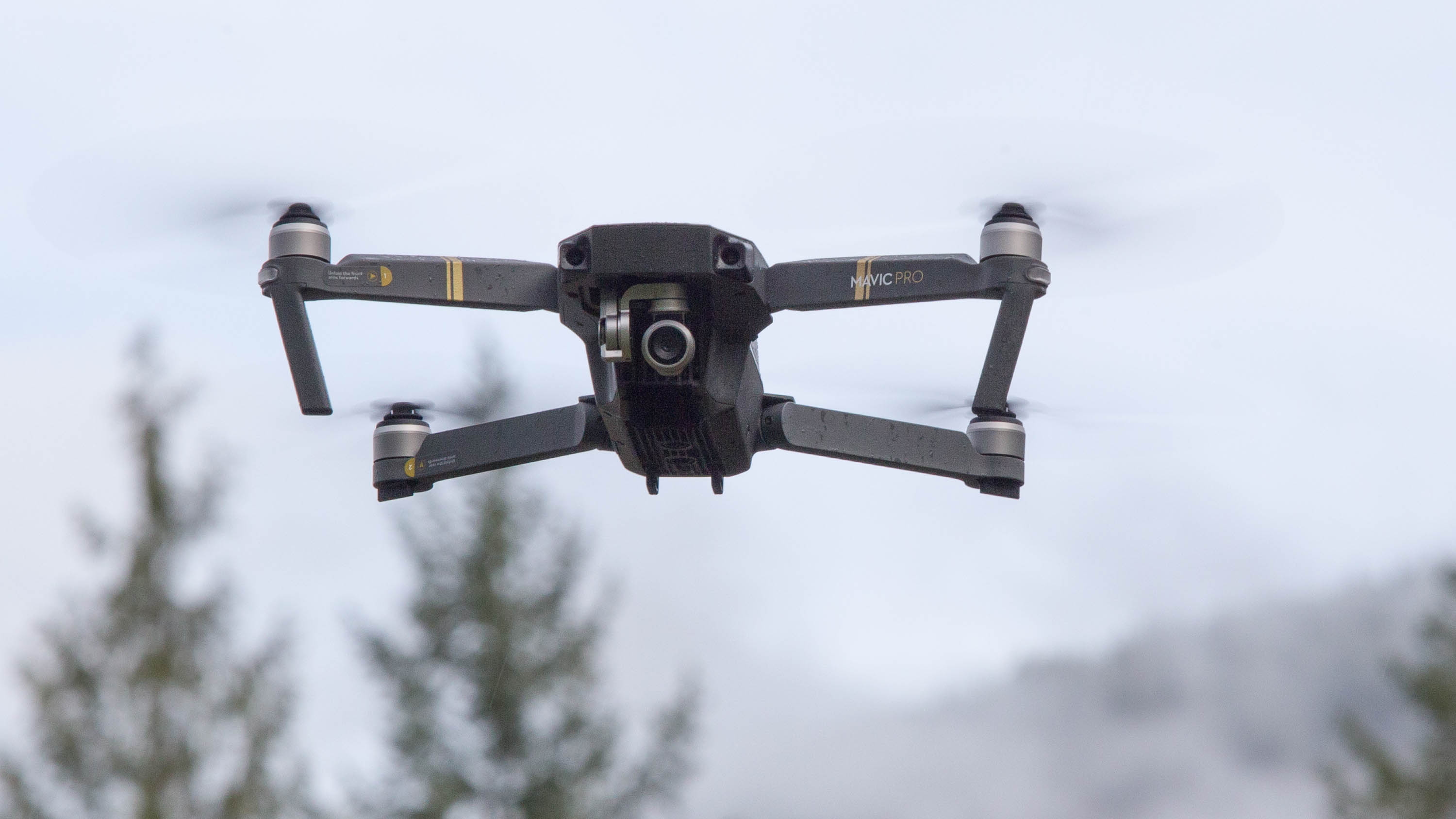Might want to read a bit more of those regulations pertaining to unpopulated areas. You can’t fly any lower than what is required to make a safe landing should a power unit fail. If you’ve got the speed needed to trade for altitude when a power unit fails that means your aircraft just has to remain clear of the ground or surface.
I'm guessing this is where that came from?
§ 91.119 Minimum safe altitudes: General.
Except when necessary for takeoff or landing, no
person may operate an
aircraft below the following altitudes:
(a)
Anywhere. An altitude allowing, if a power unit fails, an emergency landing without undue hazard to
persons or property on the surface.
(b) Over congested areas. Over any congested area of a city, town, or settlement, or over any open air assembly of persons, an altitude of 1,000 feet above the highest obstacle within a horizontal radius of 2,000 feet of the
aircraft.
(c) Over other than congested areas. An altitude of 500 feet above the surface, except over open water or sparsely populated areas. In those cases, the
aircraft may not be operated closer than 500 feet to any
person, vessel, vehicle, or structure.
(d) Helicopters, powered parachutes, and weight-shift-control aircraft. If the operation is conducted without hazard to
persons or property on the surface -
(1) A
helicopter may be operated at less than the minimums prescribed in paragraph (b) or (c) of this section, provided each
person operating the
helicopter complies with any routes or altitudes specifically prescribed for
helicopters by the
FAA; and
(2) A
powered parachute or
weight-shift-control aircraft may be operated at less than the minimums prescribed in
paragraph (c) of this section.
[Doc. No. 18334,
54 FR 34294, Aug. 18, 1989, as amended by Amdt. 91-311,
75 FR 5223, Feb. 1, 2010]



